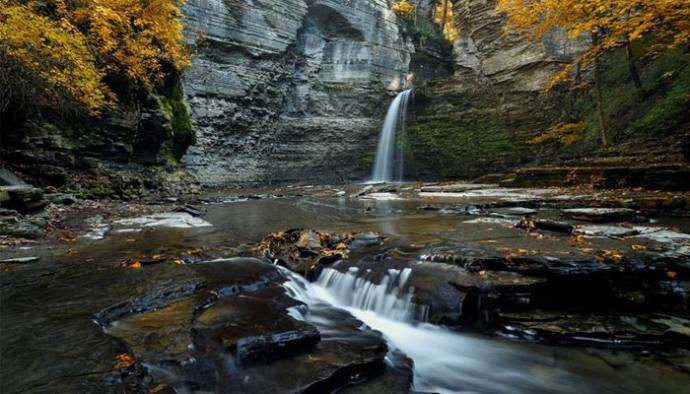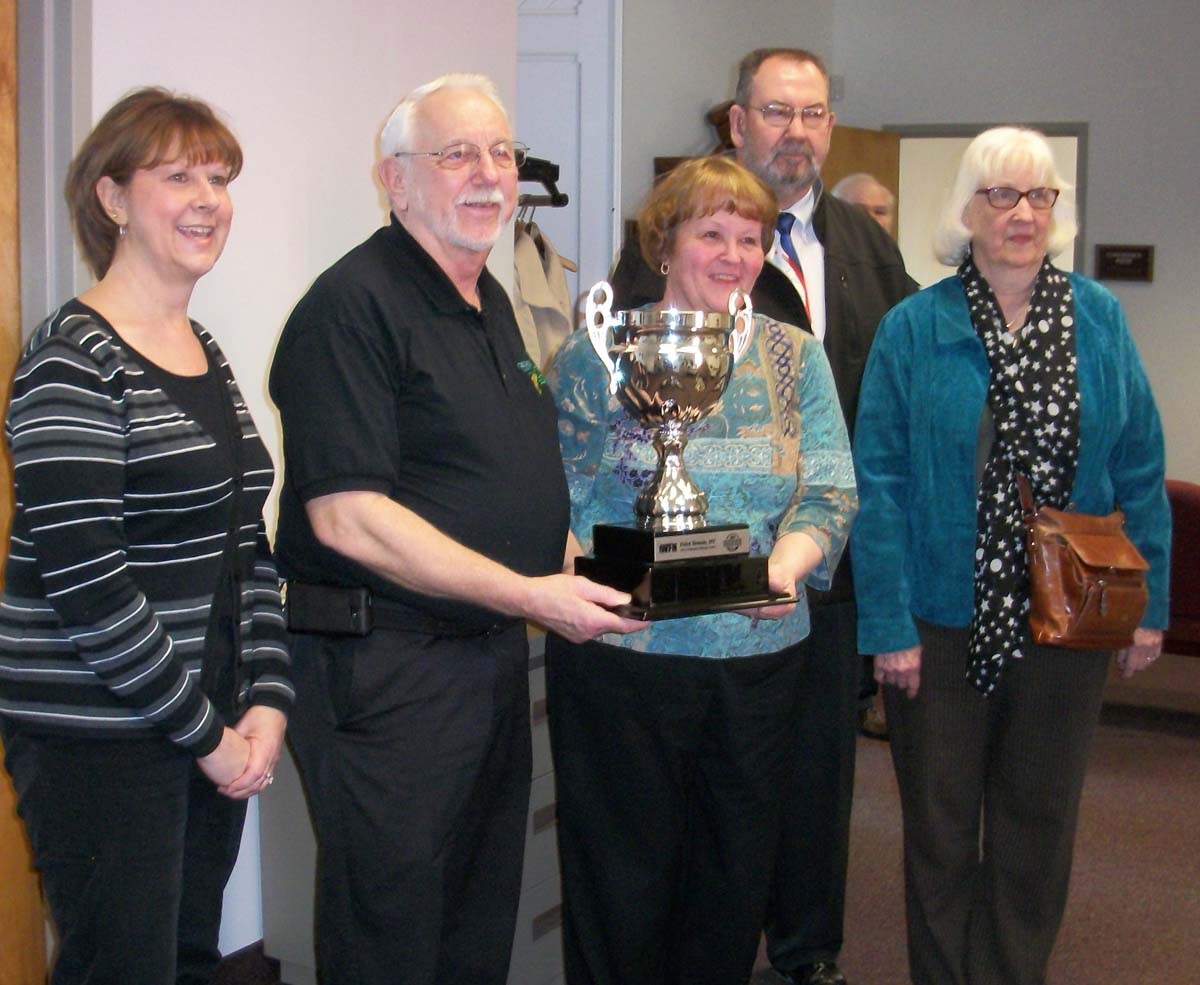Public input invited for Finger Lakes National Heritage Area Feasibility Study

The National Park Service invites public input on a study to determine the feasibility of designating the Finger Lakes region of New York as a national heritage area. The 90-day comment period for the Finger Lakes National Heritage Area Feasibility Study will extend from March 1 to June 1, 2021. More information about the study is available at https://parkplanning.nps.gov/FingerLakes.
“Input from the public regarding the creation of a national heritage area in the Finger Lakes is critical to the study process. We also hope to learn more about the region from the people who know it best,” said Allen Cooper, regional chief of planning, National Park Service. “The information, interest and inquiries we receive from the public help inform our work as we assess the Finger Lakes as a potential National Heritage Area.”
The Finger Lakes National Heritage Area Feasibility Study was authorized by the John D. Dingell, Jr. Conservation, Management, and Recreation Act of 2019, which directed the Secretary of the Interior to evaluate the natural, historic, cultural, educational, and recreational resources of the Finger Lakes. The study will assess if it is nationally worthy of recognition, conservation, interpretation, and continuing use; through designation as a national heritage area.
The legislation identified the following counties to be considered as part of the study: Cayuga, Chemung, Cortland, Livingston, Monroe, Onondaga, Ontario, Schuyler, Seneca, Steuben, Tioga, Tompkins, Wayne, and Yates. The feasibility study will also assess the demonstrated support of the community including businesses, residents, nonprofit organizations, and appropriate local, state and federal agencies.
The study’s assessment, along with any recommendations from the Secretary of the Interior, will be reported to Congress. The study will assess the region’s unique and important American stories, how they can be experienced by the general public, and how a potential new national heritage area would be organized by a coordinating entity, if one were to be designated by Congress. The study is expected to run through 2023.
The NPS has prepared the following materials to inform the public about the study and to solicit public comment:
•An online “Story Map” explaining the study’s purpose, authorities, and a summary of resources within the 14 county study area the NPS’ research has identified thus far can be found here: https://arcg.is/0eCKrj.
•A draft narrative summary of the NPS’ research and a detailed list of resources in table format can be found on the project website at: https://parkplanning.nps.gov/FingerLakes.
•The public comment submission portal can be accessed from the Story Map’s “Comment Now” buttons for the project website’s “Open For Comment” tab.
Submissions by mail can be sent to: National Park Service, Denver Service Center, Attn: Finger Lakes NHA / Charles Lawson, 12795 West Alameda Parkway, Denver, CO 80228.
As a strategy for community-led conservation and development, national heritage areas are places where historic, cultural, and natural resources combine to form cohesive, nationally important landscapes. If designated by Congress, national heritage areas are managed by local coordinating entities that accomplish goals of interpreting the heritage area history and traditions through partnerships with governments, organizations, businesses, and individuals. National heritage area coordinating entities collaborate with communities to determine how to make heritage relevant to local interests and needs. A national heritage area is not a unit of the National Park System, nor is any of its land owned or managed by the NPS, unless such land was previously set aside as a unit of the National Park System. The creation of a new national heritage area does not change existing private property rights. Learn more about the NPS National Heritage Areas program here: https://www.nps.gov/subjects/heritageareas/index.htm.
Provided information




